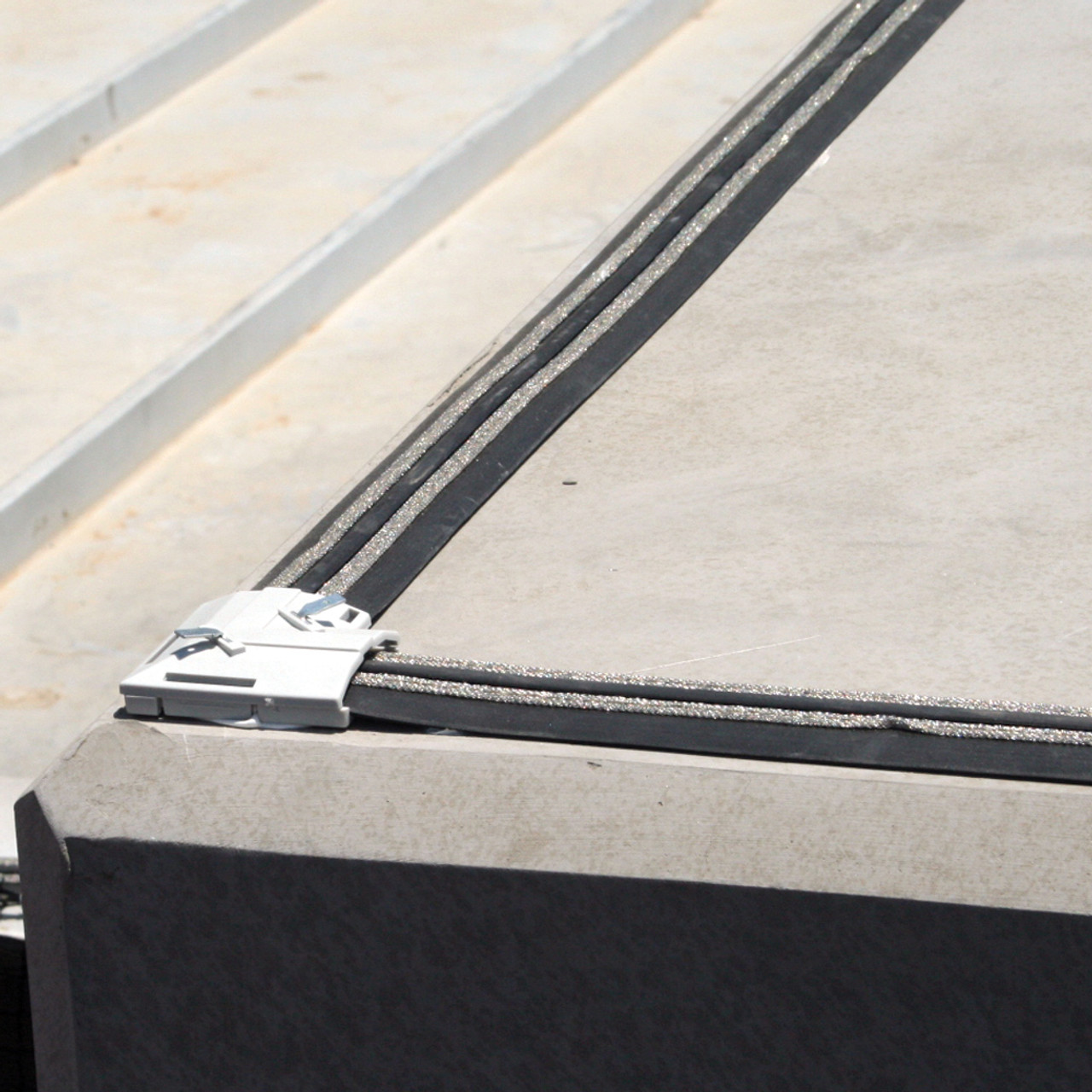When they invade your property, sparrows can be undesirable despite their attractiveness and liveliness. Their ability to adapt and breed quickly can result in infestations that result in a myriad of issues, including health hazards to damage to your property. Understanding how to get rid of sparrow birds and manage sparrow nest effectively is crucial for maintaining a safe and clean environment.

Learning to Understand the Sparrow Problem
Before you begin exploring solutions for ways to eliminate sparrows, it’s important to comprehend why sparrows may be problematic. House sparrows, specifically, are known for their capacity to adjust and flourish in urban environments. They typically build their nests in hard-to-reach places such as shutters on houses, drainage pipes, rafters and even corrugated siding. Their nests can cause serious problems such as damage to machinery and the risk of fire from hot metal equipment. Sparrow droppings can also be the source of harmful bacteria, fungi and ectoparasites that can cause serious health issues such as histoplasmosis and salmonella. To protect your health and also keep it safe it is imperative to address sparrow invasions and discover how to get rid of the birds quickly.
Sparrows: Effective Methods to Manage Them
Physical barriers are one of the most effective ways to ensure that house sparrows are not. It is possible to cover nesting spots like vents, rafters and eaves using birds nets or mesh screens. These screens prevent house sparrows from entering these zones. They are less likely to build nests and establish an population.
Repellents and Deterrents repellents and deterrents can discourage sparrows from visiting your property. Reflective surfaces such as aluminum foil or reflective mirrors can be effective in repelling sparrows. Ultrasonic repellents emit acoustic sounds which are unsettling to birds, but cannot be heard by humans. These devices can help keep sparrows at bay without harming them.
Traps: When there is a severe infestation traps are an effective tool to remove sparrows. Humanly capture sparrows with live traps specially designed for their use. Once they are trapped, sparrows need to be relocated to a suitable environment far from the property. It is vital to comply with the local wildlife laws when you use traps.
Professional Services: It could be advisable to employ professional pest control services for a larger infestation or if you have a large number of nesting areas. Experts in bird control will assess the situation, employ modern methods to remove the pest and design long-term strategies to meet your needs.
Managing Sparrow Nests Strategies to Manage Sparrow Nests
Regular maintenance and inspections Check for nesting spots around your home, such as vents and gutters. Nests should be removed as quickly as you can to stop sparrows from becoming a dominant force. The nests could be contaminated with harmful bacteria, so you should be cautious when handling the nests.
Cleaning and Sanitizing after removing nests from sparrows remove any nesting materials or droppings. This prevents the growth of bacteria and keeps the sparrows returning. Use protective gear and suitable cleaning agents to stop exposure to pathogens that can harm your health.
Repair and prevention: After nests have been removed from the ground, repair any damage. Make sure that all entry points are sealed to stop sparrows returning. Consider bird-proofing devices such as spikes or barrier to further prevent nesting.
Altering the surroundings around your property will make it less attractive to sparrows. For instance, trimming trees and bushes near your home can reduce the potential nesting places. In addition, removing food sources like garbage or pet food that is not covered will deter birds from visiting your property.
Conclusion
In order to effectively manage sparrow populations, it is essential to combine preventive measures and active control strategies. Effectively deal with sparrow populations by understanding the best ways to eliminate sparrows. This involves implementing physical barriers, applying repellents and seeking professional assistance in the event of need. The management of sparrow nests by regular inspections and cleaning along with habitat improvement will guarantee a comprehensive strategy to keep these birds out. These measures will help maintain an uncluttered, safe, and pest-free surroundings.

